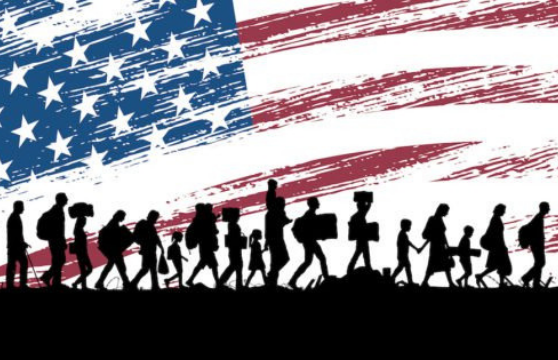A Noble but Troubled Initiative
The Biden administration recently made a major policy move aimed at addressing the migrant crisis. Three Central American countries—Colombia, Costa Rica, and Guatemala—have been selected as centers for processing migrants and offering them a legal pathway to enter the U.S. While the idea appears commendable, the program has faced several operational challenges since its launch. This article dives deep into the initiative’s merits, the hurdles it has encountered, and the questions it has raised.
Eligibility Requirements: A Country-Specific Approach
To be eligible for the program, migrants must meet certain criteria, which vary from country to country. For example, in Costa Rica, only Nicaraguans and Venezuelans who arrived before June 12 are eligible. In Colombia, Cubans, Haitians, and Venezuelans can apply via an online portal called Mobilitysegura.org, as opposed to government offices.
The Goal: Preventing Dangerous Journeys
The primary motivation behind this initiative is to deter migrants from making perilous journeys to the U.S. border, particularly through routes like the Darien Gap—a treacherous terrain where many have suffered or lost their lives.
Overwhelming Demand: A Struggling Infrastructure
Despite its noble intentions, the program has been plagued by challenges. The demand for appointments is so high that the online portal crashes periodically. Colombia, which started taking applications on June 28, had to shut down the portal within 12 hours after receiving 5,000 applications, surpassing their initial limit of 3,000. After briefly reopening in August, they received another 5,000 applications.
Guatemala’s Sovereignty Concerns: A Policy Reversal
Guatemala initially agreed to accept applications from Nicaraguans, Salvadorans, and Hondurans. However, they soon restricted the program to Guatemalans only, citing concerns over the formation of migrant caravans facilitated by criminal groups that could threaten national sovereignty.
Effectiveness of the Program: Numbers Speak Volumes
So far, the program has received 40,000 applications across all participating countries, but only 3,600 migrants have been granted entry into the U.S. These figures point to the program’s inefficiency.
Unanswered Questions in Costa Rica: What Happens Next?
While the Costa Rican program aims to prevent an influx of more migrants, it raises several questions. What happens to those who are already there while they await their application results? Can they work in the country, or receive any kind of assistance? What happens to those who get rejected and to the temporary camps set up for them?
A Worthy Experiment or A Failed Experiment?
The U.S. migrant processing centers in Colombia, Costa Rica, and Guatemala were set up to provide a safer, legal pathway for migrants. However, the program has been far from seamless, riddled with operational issues and policy reversals. With lives hanging in the balance, urgent improvements and clarifications are needed for this ambitious program to truly serve its purpose.

